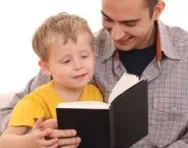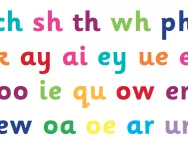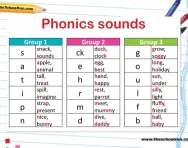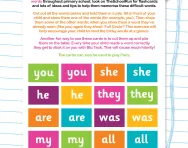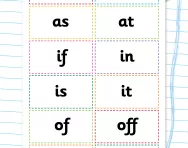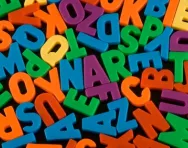Important update from TheSchoolRun
For the past 13 years, TheSchoolRun has been run by a small team of mums working from home, dedicated to providing quality educational resources to primary school parents. Unfortunately, rising supplier costs and falling revenue have made it impossible for us to continue operating, and we’ve had to make the difficult decision to close. The good news: We’ve arranged for another educational provider to take over many of our resources. These will be hosted on a new portal, where the content will be updated and expanded to support your child’s learning.
What this means for subscribers:
- Your subscription is still active, and for now, you can keep using the website as normal — just log in with your usual details to access all our articles and resources*.
- In a few months, all resources will move to the new portal. You’ll continue to have access there until your subscription ends. We’ll send you full details nearer the time.
- As a thank you for your support, we’ll also be sending you 16 primary school eBooks (worth £108.84) to download and keep.
A few changes to be aware of:
- The Learning Journey weekly email has ended, but your child’s plan will still be updated on your dashboard each Monday. Just log in to see the recommended worksheets.
- The 11+ weekly emails have now ended. We sent you all the remaining emails in the series at the end of March — please check your inbox (and spam folder) if you haven’t seen them. You can also follow the full programme here: 11+ Learning Journey.
If you have any questions, please contact us at [email protected]. Thank you for being part of our journey it’s been a privilege to support your family’s learning.
*If you need to reset your password, it will still work as usual. Please check your spam folder if the reset email doesn’t appear in your inbox.
What is a letter string?
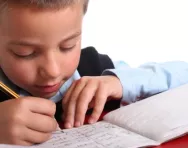
What is a letter string?
A letter string is a group of letters that appear in a word. For example, these words:
string straight strike strain
all contain the letter string 'str'. Children in Key Stage 1 may find this letter string difficult to read or spell, so teachers may help them with this, by giving them a variety of activities that encourage them to read or spell these words.


Claim FREE Spelling Resources Today
- Spelling workbooks
- Step-by-step programme
- Spelling test packs
- 100s of worksheets & games
Teachers may also concentrate on letter strings that come at the end of a word. For example: all these words have the letter string 'ight':
light right sight tight
Teachers may encourage children to learn to read and spell these words, by giving them spelling lists containing words that all have the same letter string to take home. The more the children read and write these words, the more they will embed the knowledge that the letters 'ight' always make the same sound.
Teachers may also draw children's attention to the fact that two words may contain the same letter string, but with different pronunciation, for example:
height weight
Both these words have the letter string 'eight', however it is pronounced differently with each word.
Similarly, these words:
drought brought
include the same letter string, 'ought', but are pronounced differently.
Tricky letter strings
Sometimes a letter string can come up very often in texts, but a teacher may notice many children in their class are spelling it wrong. A common one is 'ould', found in the words:
could should would
Sometimes teachers teach children a mnemonic to help them learn certain letter strings. A mnemonic is a memory aid, where a word is given for each letter that needs to be remembered. A popular mnemonic for 'ould' is 'o u lucky duck'.
Children often find the letter string at the start of the word 'beautiful' difficult to remember, as it is made up of three vowels. A good mnemonic to remember this is 'big elephants always understand'.


